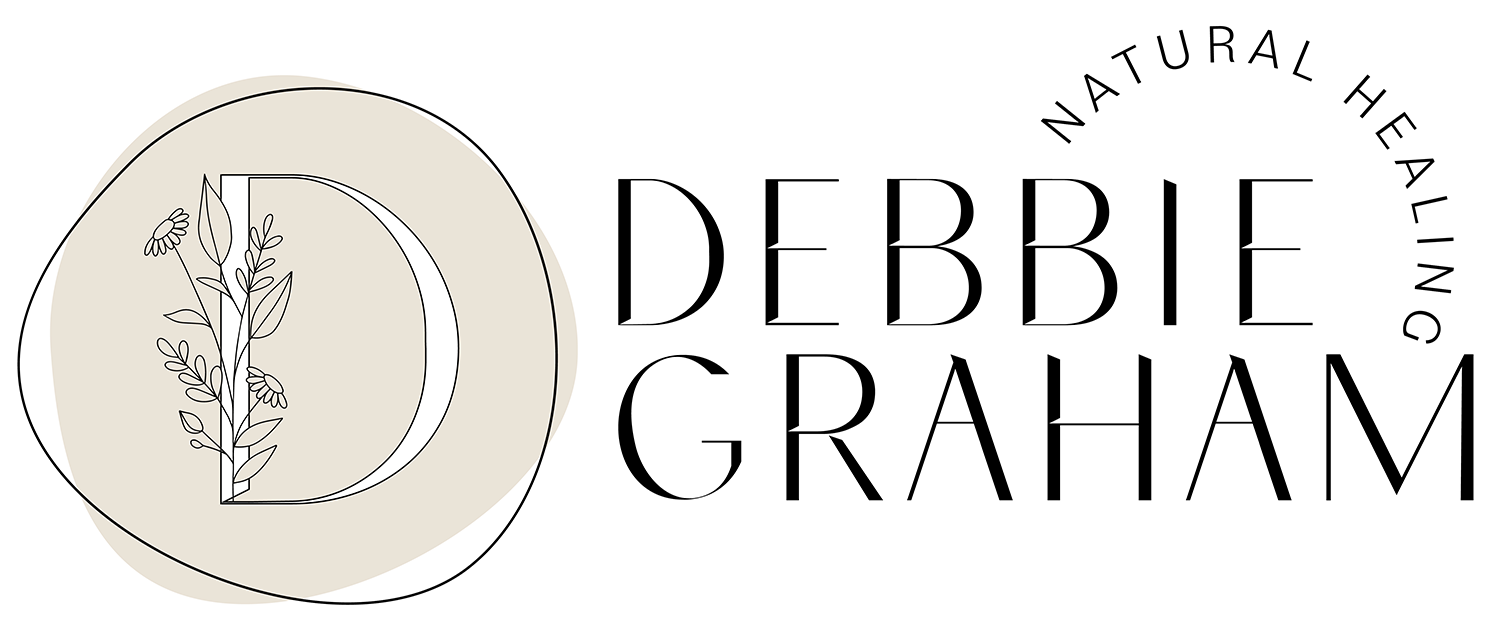
Reflexology
Reflexology uses different pressures and techniques on certain parts of the feet which correspond with various organs, muscles and glands in the body. This enables us to enter a rest and digest state, facilitating the healing process and helping the body to restore homeostasis
Reflexology dates back to Egyptian times and can be seen on ancient hieroglyphics. The theory was developed and further understood over time by various doctors and eventually Dr William Fitzgerald, an ENT specialist, who established that ‘constant direct pressure upon any part of a particular zone can have an anaesthetising effect on another part of the same zone’.
This led to the principle of zone therapy, as it was known until the early 1960’s. Dr Joe Shelby Riley refined this fascinating work and made diagrams of reflex points on the feet, ears, face and hands before employing a young physiotherapist named Eunice Ingham who took this to the next level, bringing Reflexology as we know it to the general public, becoming known as the ‘Mother of Reflexology’.
I trained under the expert tuition of Alison Walker who was taught by Eunice Ingham’s nephew Dwight Byers.
Reflexology uses different pressures and techniques on certain parts of the feet which correspond with various organs, muscles and glands in the body.
This aims to switch off the sympathetic nervous system, bring the body out of fight or flight mode, switch on the parasympathetic nervous system and enable us to enter a rest and digest state. This facilitates the healing process and helps the body to restore homeostasis.
What to Expect
The initial appointment, conducted via zoom, involves a full health consultation helping me to gain a full understanding of your current state of health and well-being. Following the first reflexology session, a bespoke treatment plan will be devised based on the presenting condition and any out of balance areas found.
This will be continuously analysed and amended where necessary to ensure the best treatment is given. For most acute conditions, a weekly treatment over a course of 6 weeks is recommended, this can then move to a bi-monthly treatment and then a monthly maintenance programme if required. Chronic conditions may require longer before an improvement is noticed.
Investment
Initial treatment £60
Consequent treatments are £45 each, a 6 week course is £256 which gives you 10% discount
Payments can be made by cash, card, bank transfer, PayPal or cheque
